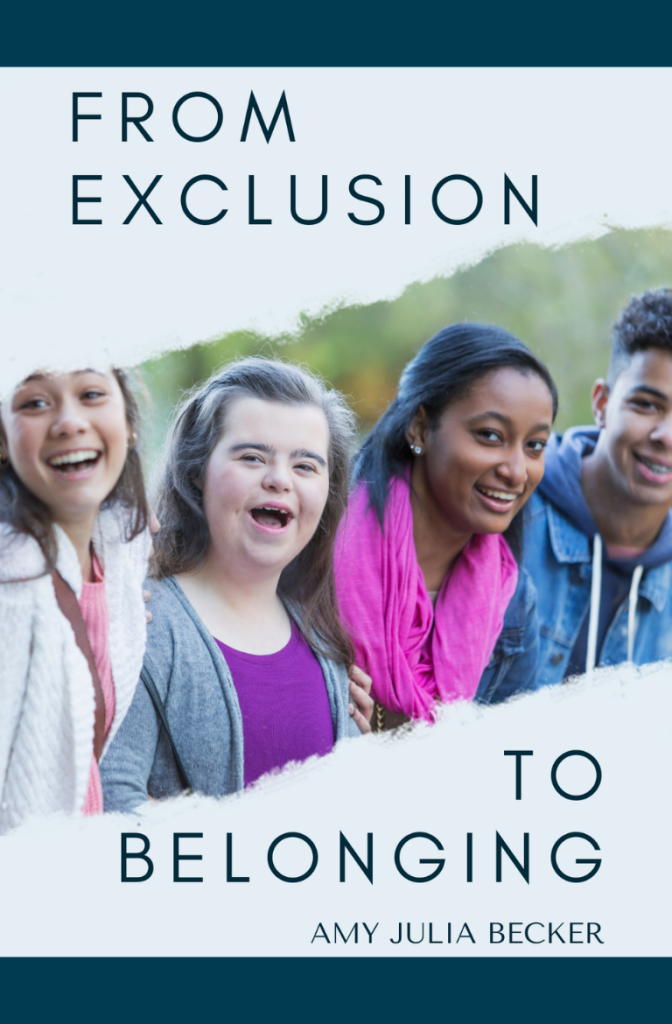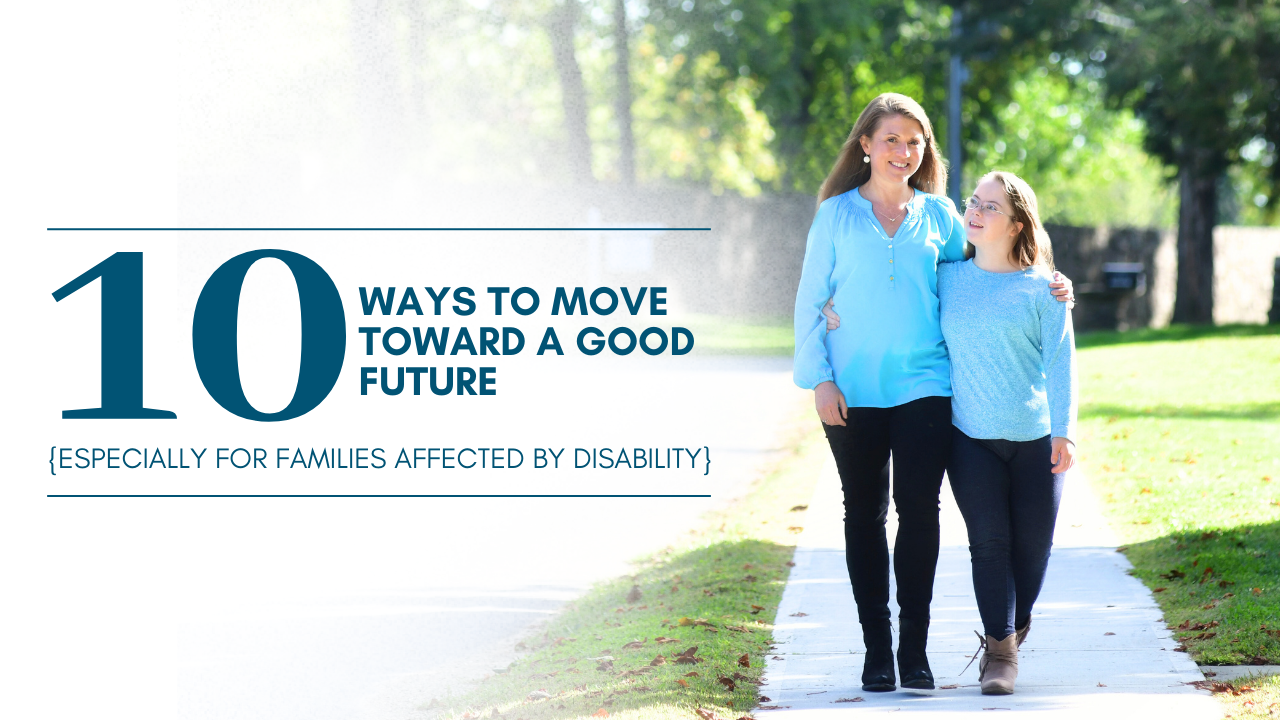{Keep scrolling for an update to this post.} Our whole family went to see the new Barbie movie on Friday. We loved it. I laughed so hard Penny shushed me. Repeatedly. (My favorite moment involved singing Closer to Fine. If you know, you know.)
I recommend this movie. And I recommend the unbelievable amount of commentary it has garnered all over the place.
One of the strengths of this film is the insistence that while Barbie began as an impossibly-thin, blonde, tall woman in a bathing suit, over time, she began to reflect a broader understanding of what it means to be a woman. The supporting cast of women with speaking roles who hover around “Stereotypical Barbie” includes a Black woman (as President), a trans woman playing a doctor, and a larger woman playing a lawyer. Cast members include women of multiple shapes and sizes (though still, on the whole, with incredibly slim bodies), with a variety of skin tones.
But, besides one scene with a quick flash to a woman using a wheelchair, I saw no one with a disability. (Apparently there is also a woman with a prosthetic arm.) Over the years, Mattel developed a whole line of dolls with disabilities. The company released a Barbie with Down syndrome a few months ago, but she does not show up in Barbieland. The film rightly cares about diversity and representation, but disability didn’t make the cut.
Estimates vary, but anywhere from 10%-20% of the general population lives with a disability. One to three percent live with an intellectual disability. I’m glad Mattel (and the Barbie film) has worked to include more and more people in their reflections on what it looks like to be a woman. Let’s just be clear: women with disabilities belong among us, and Barbie missed an opportunity to show the world exactly that.
__
- I am so glad to hear that various people here felt seen and represented by the Barbie using her wheelchair in the dance scene. Honestly, I still wish she had a speaking part alongside the other entourage surrounding Stereotypical Barbie.
- I don’t expect any movie to represent everyone, nor do I want to imply that invisible disabilities don’t count or shouldn’t be represented. My point is just that within the array of women with speaking roles who surround Stereotypical Barbie, including someone with a disability and making that disability one dimension of her character would have been a win.
- With that said, some of you have convinced me that a larger and more significant message within this film affirms a diverse range of people—including disabled people—through the story of Weird Barbie. As one of you noted, Weird Barbie has an acquired disability, and she has been rejected from the community as a result of her differences. Stereotypical Barbie is afraid to meet her. Initially, Weird Barbie’s difference is seen as a problem. Eventually, Stereotypical Barbie recognizes Weird Barbie for the strong, fun leader and friend that she is. (And that’s not to mention the ways in which Barbie coming to human-land also affirms the larger swath of our humanity in all its vulnerability and beauty.) Thank you all for showing me that the larger subplot suggests that people with invisible disabilities, physical disabilities, and—let us hope and assume?—intellectual disabilities, are ultimately not only welcomed but valued and seen as significant contributors to communities.
More with Amy Julia:
What Do I Think About the Barbie With Down Syndrome?
The Significance of Our Social Worlds
Diversity, Equity, Inclusion (DEI) and Mammograms
Subscribe to my newsletter to receive regular updates and news. You can also follow me on Facebook, Instagram, Twitter, Pinterest, and YouTube, and you can subscribe to my Love Is Stronger Than Fear podcast on your favorite podcast platform.




